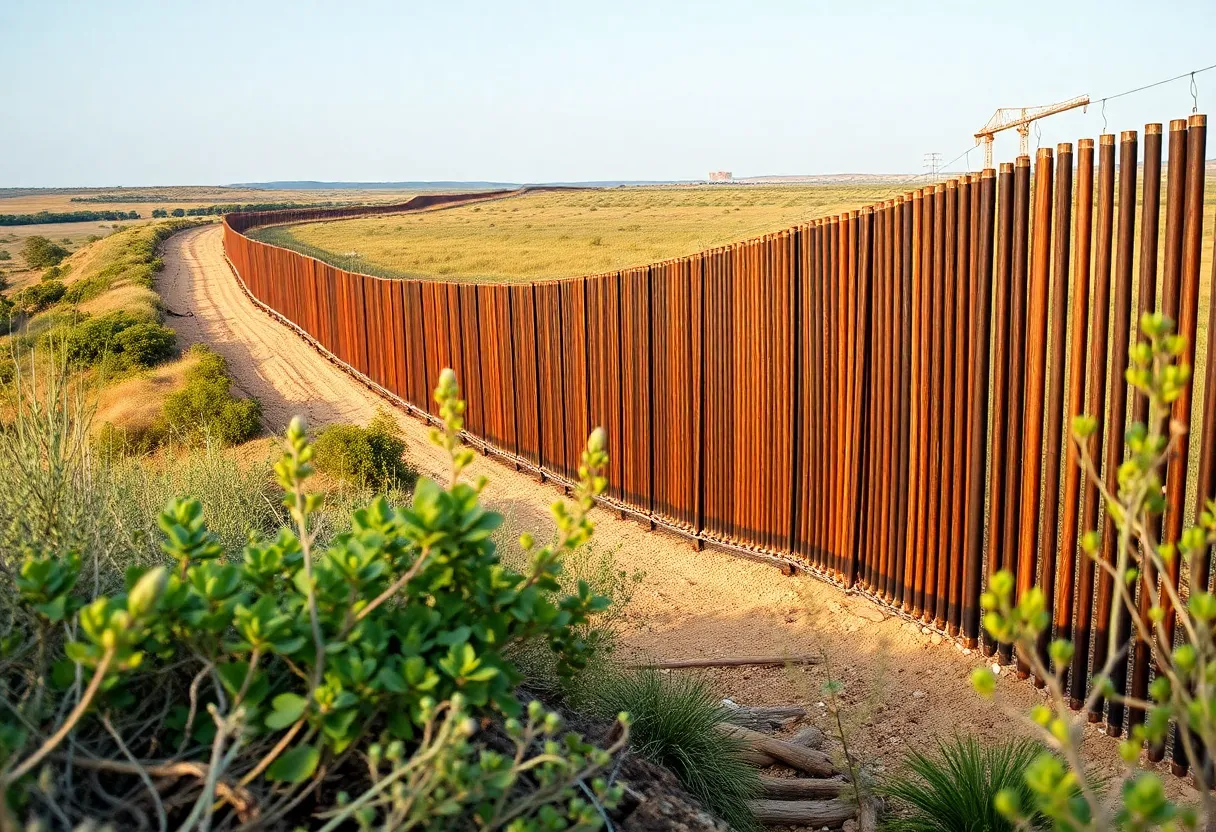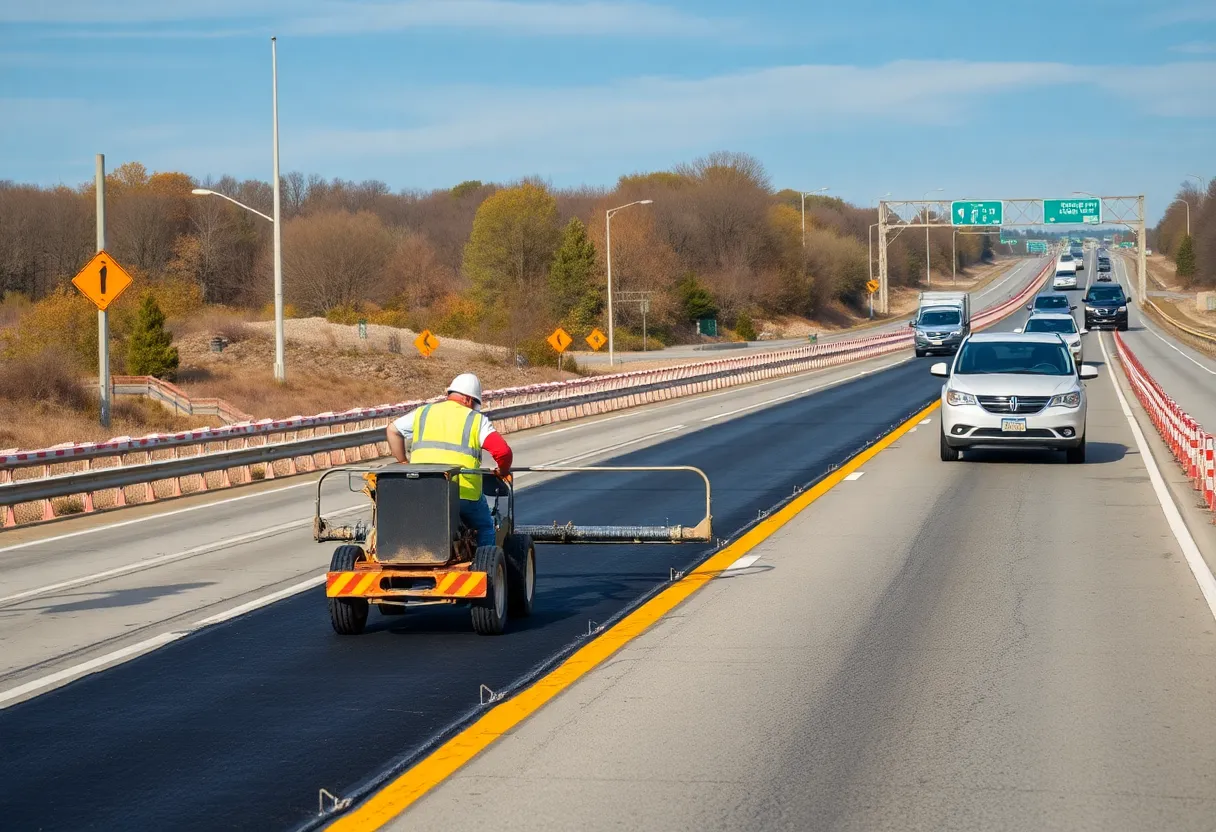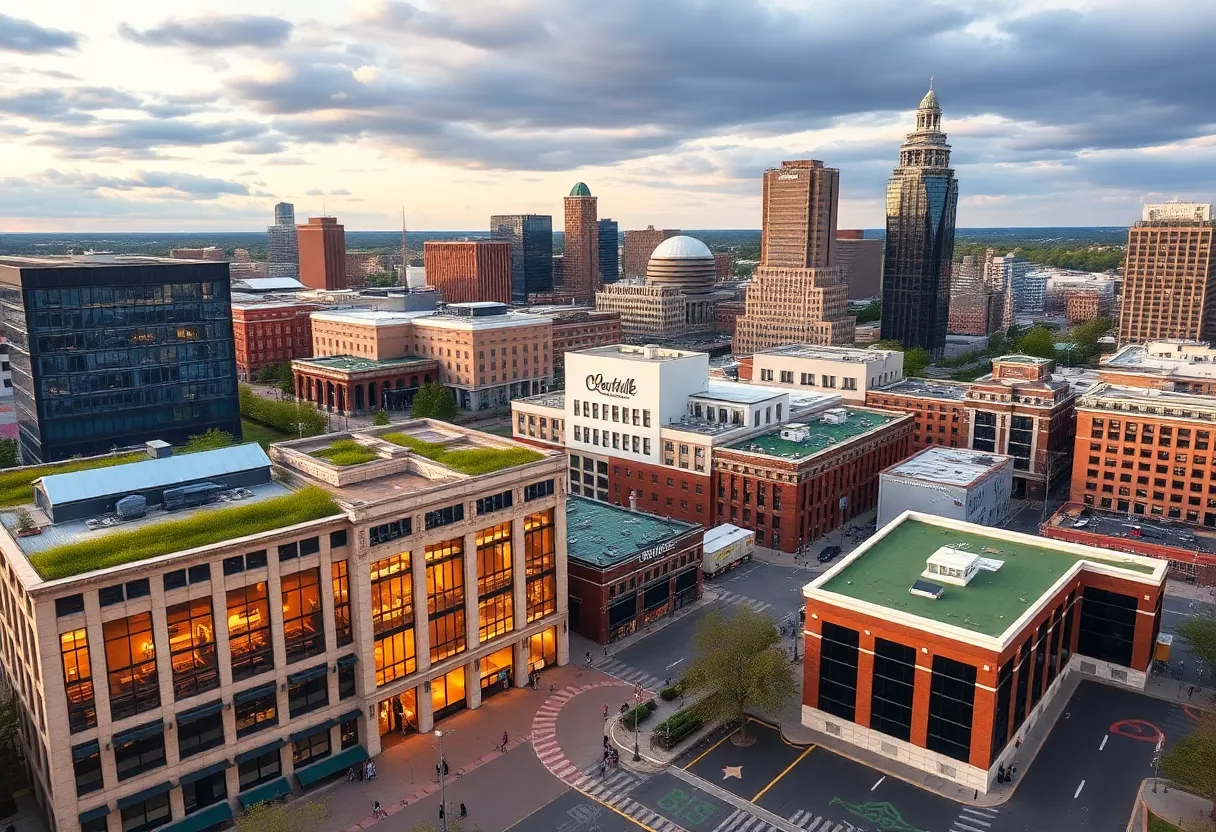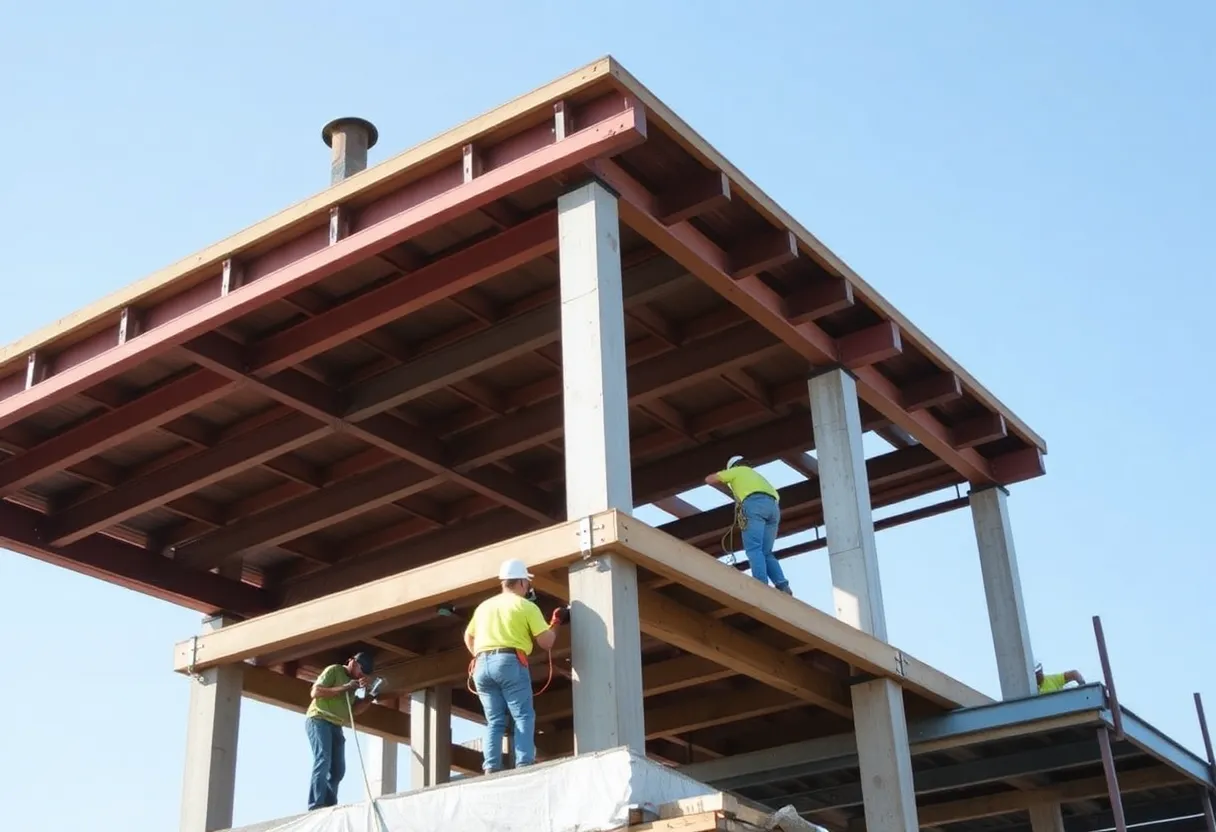News Summary
Construction on new border wall sections in southeastern Arizona has commenced, igniting concerns regarding its impact on vital wildlife corridors. Similar to the ongoing initiatives in Laredo, Texas, the Arizona project aims to enhance national security but poses ecological risks. Critics warn that disrupting these corridors could lead to long-term environmental damage, while supporters argue for the economic benefits tied to job creation and infrastructure development. Experts emphasize the need for effective mitigation strategies to balance security and conservation efforts as the projects unfold.
Southeastern Arizona: Construction of Border Wall Sections Begins, Impacting Wildlife Corridors
In southeastern Arizona, construction has started on new border wall sections, raising concerns about environmental effects on wildlife corridors. This project mirrors efforts in Laredo, Texas, where 27 miles of barriers are also underway, cutting through critical habitats. The developments highlight ongoing debates over national security, economic benefits, and ecological risks.
The Arizona project involves building sections that disrupt wildlife movement, drawing comparisons to the Texas initiative. In Laredo, the barriers are slicing through areas vital for endangered species, prompting criticism from environmental groups about the toll on biodiversity. Contractors are following federal mandates and using concrete foundations to ensure stability, while the work employs approximately 400 workers, boosting local economies through job creation and related activities.
Wildlife experts emphasize the need for mitigation strategies, such as wildlife crossings, to minimize habitat fragmentation. The projects are scheduled for completion in phases through winter 2026, with supporters arguing that they enhance national security by addressing migration pressures in the Southeast. However, opposition groups are preparing legal challenges, pointing to potential long-term environmental damage.
Observers stress the importance of balancing infrastructure development with conservation efforts, as these projects reflect broader efforts to manage border security amid increasing migration dynamics. The construction activities in both regions are part of a larger initiative to fortify borders, but they have sparked discussions on sustainable practices.
In Arizona, the wall sections are being built in areas that serve as key wildlife corridors, which animals rely on for migration and breeding. This could lead to isolated populations and reduced genetic diversity among species. Similarly, in Laredo, the 27 miles of barriers are traversing lands that support a variety of flora and fauna, exacerbating threats to endangered animals.
The involvement of 400 workers across these sites not only stimulates local economies by providing employment but also involves local businesses for supplies and services. This economic injection is seen as a positive aspect by project backers, who highlight how such initiatives can revitalize communities near the border.
Despite these benefits, the environmental concerns remain prominent. Critics argue that the construction disregards the delicate balance of ecosystems, potentially leading to irreversible harm. Wildlife experts recommend incorporating features like underpasses or overpasses to allow safe passage for animals, which could help mitigate some of the negative effects.
The timeline for completion, extending through winter 2026, allows for phased implementation, giving time for adjustments based on ongoing assessments. Supporters maintain that these barriers are essential for national security, citing data on migration patterns as justification. In contrast, opponents view them as unnecessary and environmentally costly, with plans for lawsuits to halt or modify the projects.
Overall, these developments underscore the complex interplay between human needs and natural preservation. As construction progresses, stakeholders continue to advocate for more integrated approaches that address both security and ecological concerns, ensuring that infrastructure advancements do not come at the expense of wildlife.
In the broader context, border wall projects have been a topic of discussion for years, with similar initiatives in other regions informing current strategies. The focus on southeastern Arizona and Laredo, Texas, represents a continuation of efforts to secure borders while navigating environmental challenges, highlighting the need for thoughtful policy decisions.
This ongoing work reflects a nationwide effort to enhance border infrastructure, but the specific impacts in these areas emphasize local environmental stakes. By adhering to regulations and incorporating expert advice, the projects aim to achieve their goals with minimal disruption, though debates persist.
Background on the Projects
These border wall sections are part of a larger infrastructure plan driven by federal mandates. The use of concrete foundations ensures durability against harsh weather and potential security threats. While the projects stimulate local economies through employment, they also face scrutiny for their ecological footprint. Wildlife corridors in these regions are essential for maintaining biodiversity, and the construction could alter migration patterns permanently if not managed carefully.
Supporters point to the benefits for national security, arguing that fortified borders help manage migration pressures effectively. However, the planned legal challenges from opposition groups could delay progress and force revisions. This situation illustrates the ongoing tension between development and conservation, as observed in similar projects across the country.
FAQ Section
What is the current status of border wall construction in southeastern Arizona?
Construction has started on border wall sections in southeastern Arizona, impacting wildlife corridors.
How does this project relate to efforts in Laredo, Texas?
In Laredo, Texas, 27 miles of barriers are underway, slicing through critical habitats, drawing parallels to the southeastern Arizona projects.
What are the environmental concerns raised about these projects?
Critics decry the environmental tolls on endangered species due to the construction impacting wildlife corridors.
How many workers are involved in the project?
The project employs 400 workers, stimulating local economies.
What mitigation strategies are being suggested?
Wildlife experts advocate for mitigation strategies like wildlife crossings.
When is the project expected to be completed?
Completion phases are scheduled through winter 2026.
What benefits do supporters claim?
Supporters cite national security benefits in the Southeast.
What actions are opposition groups taking?
Opposition groups plan legal challenges.
What broader issues are at play?
Observers note the need for balanced infrastructure development amid migration pressures.
Key Features Chart
| Feature | Description |
|---|---|
| Location | Southeastern Arizona and Laredo, Texas |
| Length of Barriers | 27 miles in Laredo, Texas; sections in southeastern Arizona |
| Environmental Impact | Impacting wildlife corridors and critical habitats for endangered species |
| Employment | Employs 400 workers, stimulating local economies |





